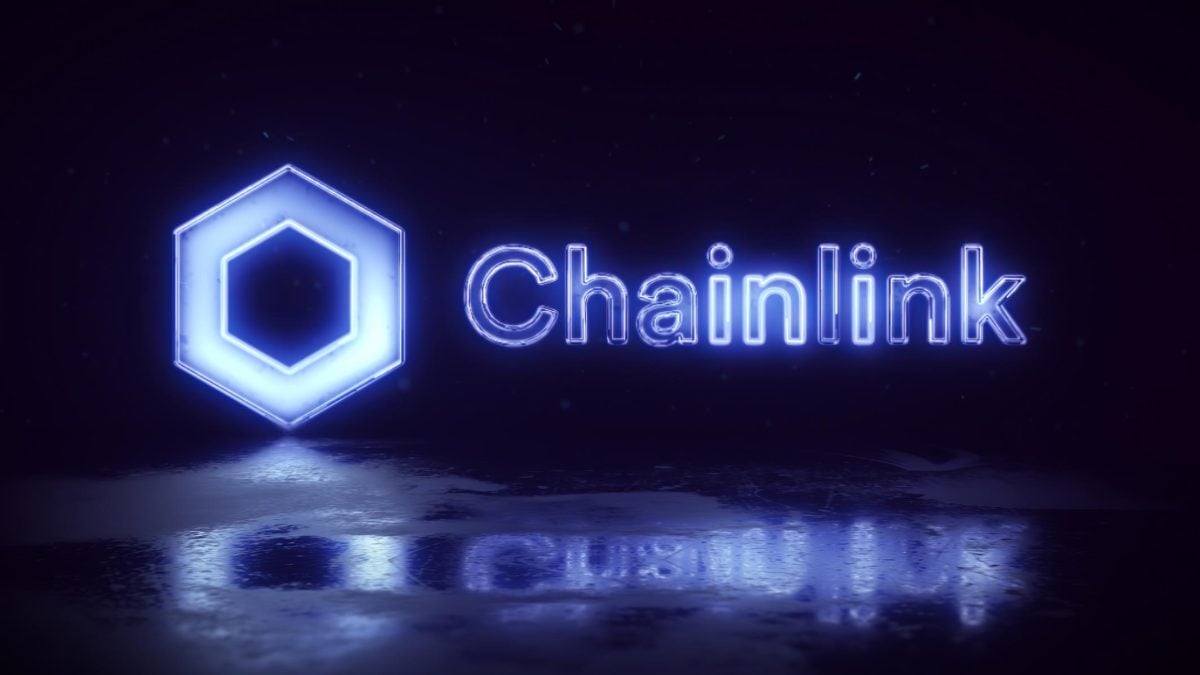Spiko Unlocks Cross-Chain Fund Access with Chainlink CCIP

- Spiko Finance integrates Chainlink CCIP to enable compliant and seamless cross-chain access to tokenized money market funds.
- CCIP integration ensures automatic KYC/AML checks and secure fund transfers across multiple blockchain networks.
Spiko Finance, a European fintech platform engaged in asset tokenization, has partnered with Chainlink to integrate the CCIP cross-chain protocol. The goal is not just about efficiency, but more about opening up access to over $380 million in regulated money market funds that have been sitting on certain blockchain networks.
With this integration, assets can move between networks without having to go through the redemption and re-subscription process that many people are reluctant to try.
The system they built uses CCIP to automatically verify compliance before cross-chain transactions are approved. So, if a user fails KYC or is not in accordance with the jurisdiction, the funds will be sent directly to the recovery wallet.
Failed transfers do not mean lost, but they also do not mean free transfers. This structure addresses a long-standing concern in regular asset tokenization: how to ensure everything remains within the legal corridor when crossing between chains.
Regulated tokenization platform @Spiko_finance, which has $380M+ in tokenized money market funds, is integrating Chainlink CCIP.
Spiko will enable funds to be securely transferred across chains via CCIP—while remaining compliant with regulatory requirements.… pic.twitter.com/fsDc5HgoLD
— Chainlink (@chainlink) July 1, 2025
Bridging Traditional Finance and On-Chain Efficiency
Not only that, CCIP here does not stand alone. It is combined with Chainlink’s SmartData feature to ensure that NAV (Net Asset Value) data can be accessed in real-time. This allows fund management to be done across networks more smoothly, without having to wait for manual data reconciliation. It’s a kind of upgrade from spreadsheets to interactive dashboards that are always on.
Spiko CEO Paul-Adrien Hyppolite said that this integration is an important stepping stone to bring regulated money market assets closer to institutional investors, without having to compromise on regulations. It is no exaggeration to call this step an effort to connect two worlds: traditional finance that is very strict and the fast and open on-chain world.
Chainlink Accelerates Legal Cross-Chain Adoption for Institutions
On the other hand, CNF previously reported that Chainlink had released ACE (Active Compliance Enforcement) at the end of June. The goal is similar: to streamline the compliance process so that institutional capital can enter the blockchain world more quickly.
ACE is built on the Chainlink Runtime Environment (CRE) and is designed modularly to be in line with the needs of both traditional and decentralized finance.
Chainlink seems to be serious about pushing for cross-chain adoption that is not only safe, but also legal. A few days ago, SynFutures announced that they had integrated Chainlink Data Standard into the gold perpetual market on the Base network. They want to ensure that prices cannot be manipulated arbitrarily.
WEMIX has even used CCIP to send USDC directly from Ethereum, without the need for wrapping or going through a centralized bridge that is prone to disruption.
Meanwhile, the network’s native token, LINK, is trading at around $13.08 at the time of writing—down slightly by 1.07% in the past 24 hours, following the sluggishness of the major crypto markets.